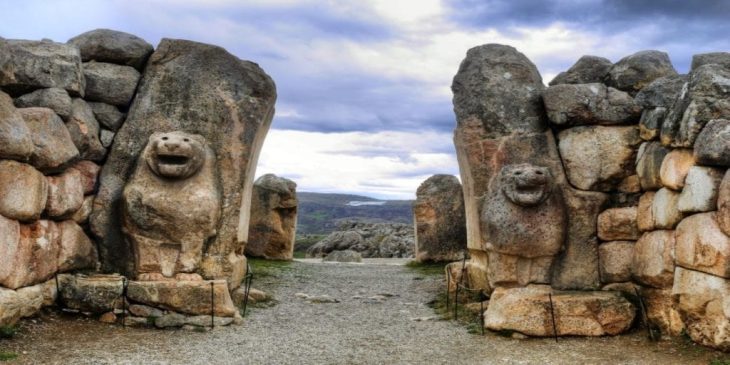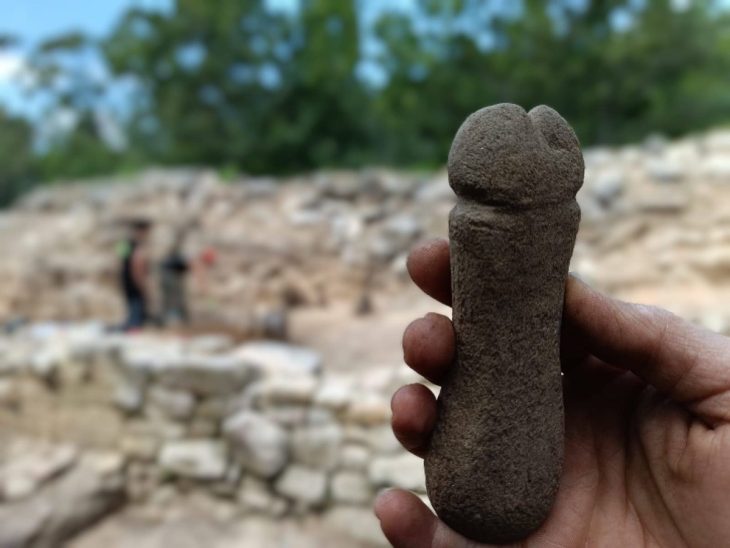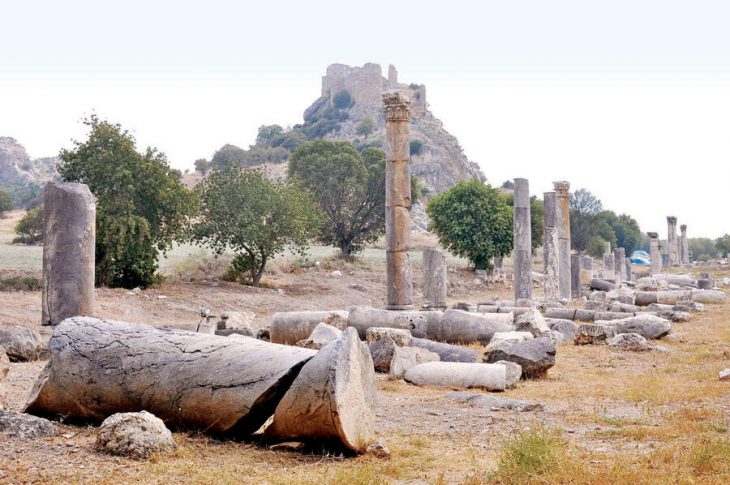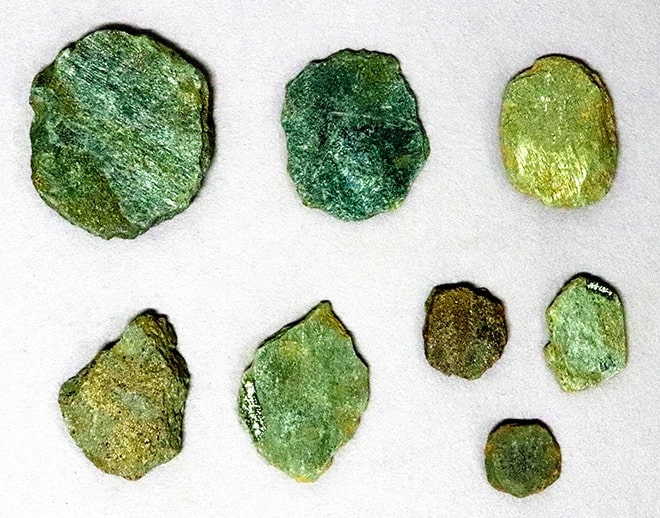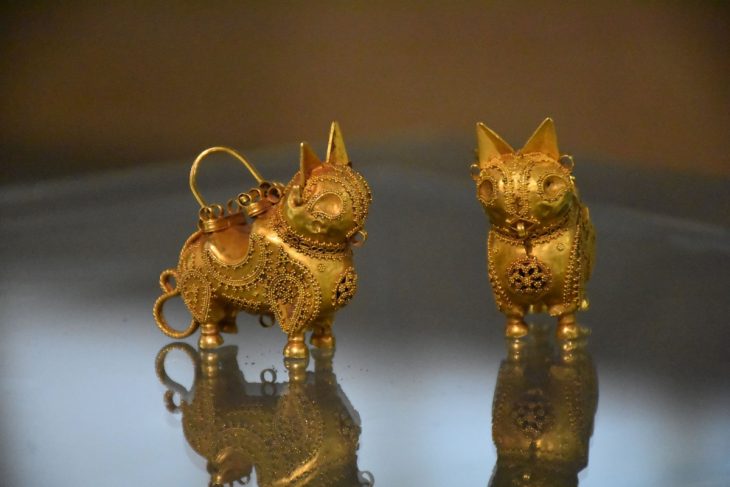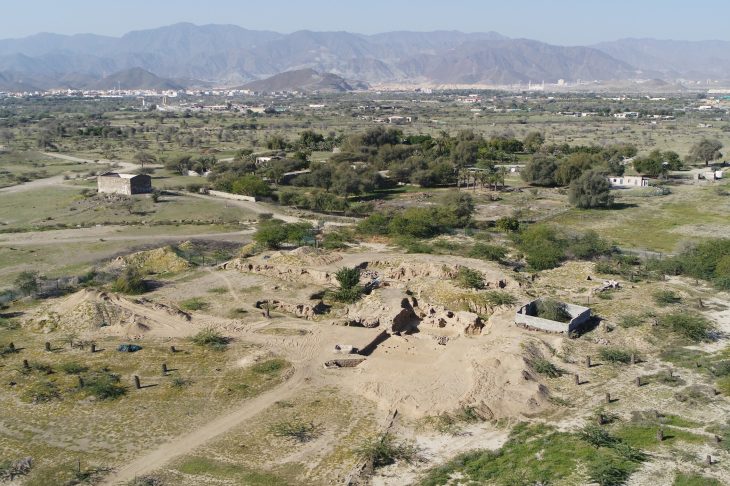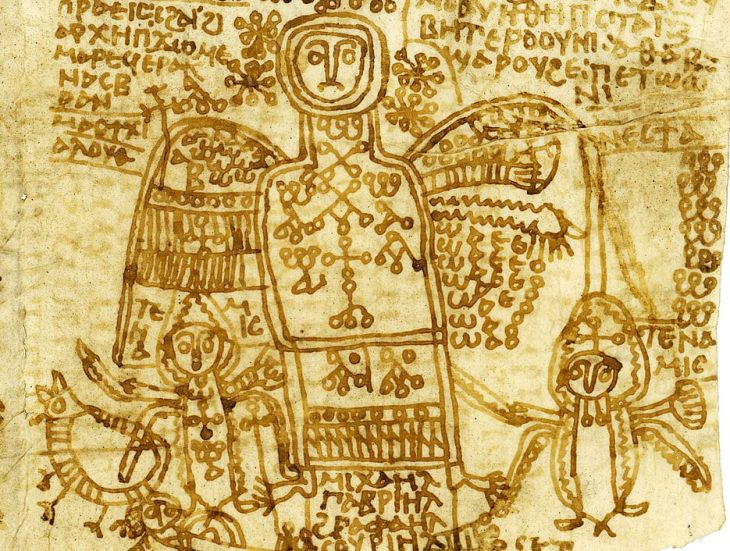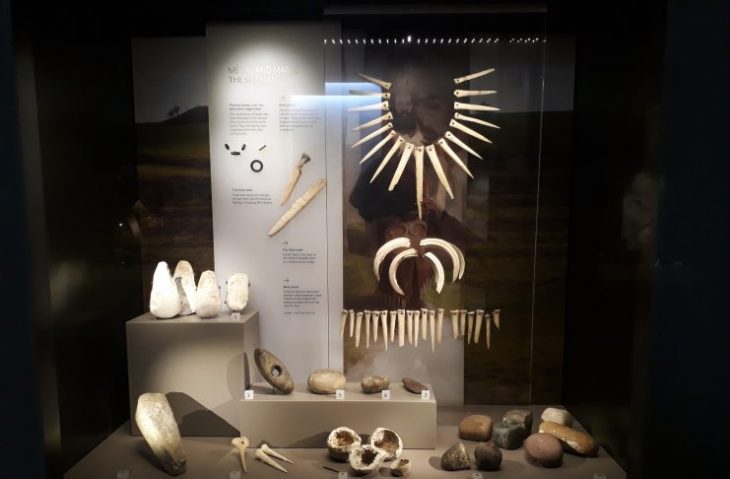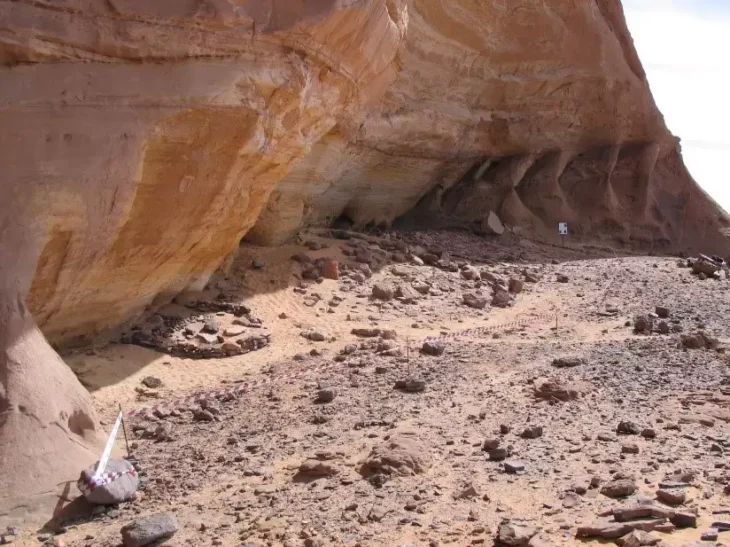What better epitomizes the ideal male physique than the Roman gladiator? Gladiators were the movie stars of the first century, so famous that free men lined up to try their luck in the arena.
In reality, what we know about gladiators’ diets and physiques suggests that they had a very different physical appearance than those depicted in classical art and popular culture.
Scholars from the Medical University of Vienna in Austria and the University of Bern in Switzerland found that the Gladiator’s diet was grain-based and mostly meat-free, based on data from the gladiator cemetery in Ephesus, present-day Turkey. Sure, this does not mean they didn’t eat meat.
In Roman times, the entertainment industry was very important. After all, there were over 100 gladiator schools spread across the empire. The majority of schools were concentrated around the Colosseum. The largest school, Ludus Magnus, was connected to Colosseum with a tunnel.
Pliny, the famous Roman author, referred to gladiators as hordearii, which translates as “barley eaters.” The Romans believed that eating barley would help to strengthen your body. They ate oatmeal and dried fruit in addition to barley and beans.
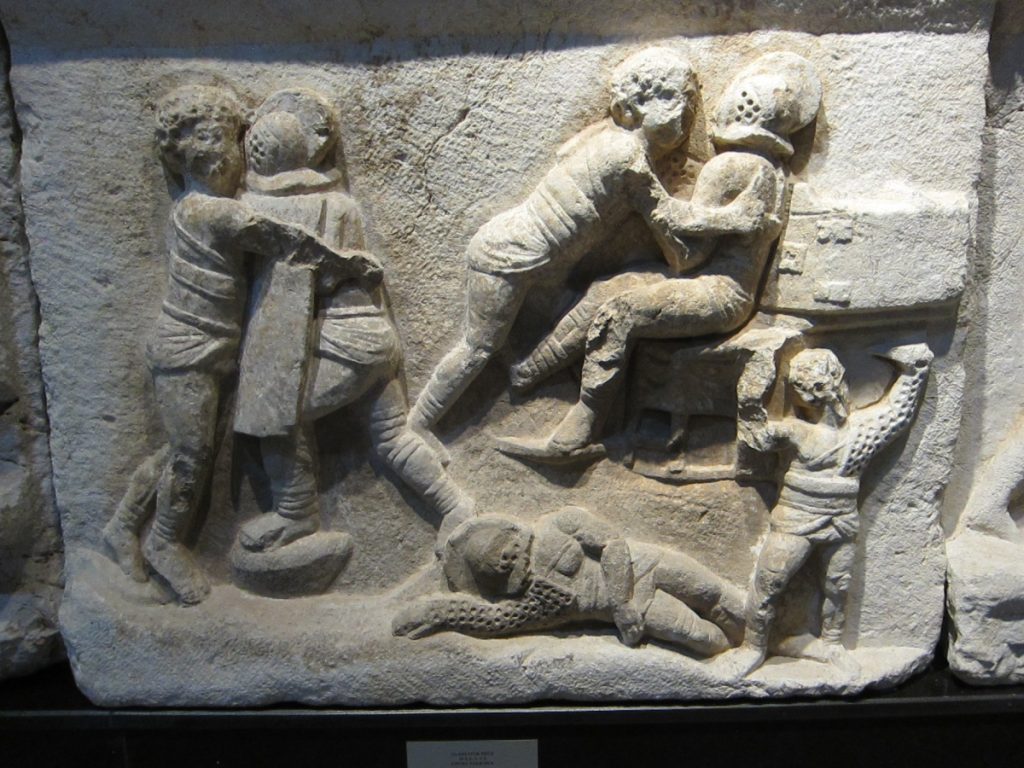
Also, an examination of gladiators’ bones also found evidence they drank a drink made from plant ashes. This ash drink was a form of health-boosting tonic to help gladiators recover after fighting and training.
Gladiators were significant investments for their owners, therefore why lack meat in their diet?
Having more fat meant having a better chance of surviving in the arena. An extra layer of fat provided nerve and muscle protection. As a result, cut wounds were less deadly.
Being overweight had the added benefit of making wounds more likely to be shallow, allowing gladiators to continue fighting even as blood poured from their bodies. What a spectacle for the onlookers!
Given they belonged to such a civilized and sophisticated society, the Romans’ deep attraction to extreme violence remains surprising and strange. Undoubtedly, bloody, brutal, but popular gladiatorial contests were the dark side of Roman civilization.
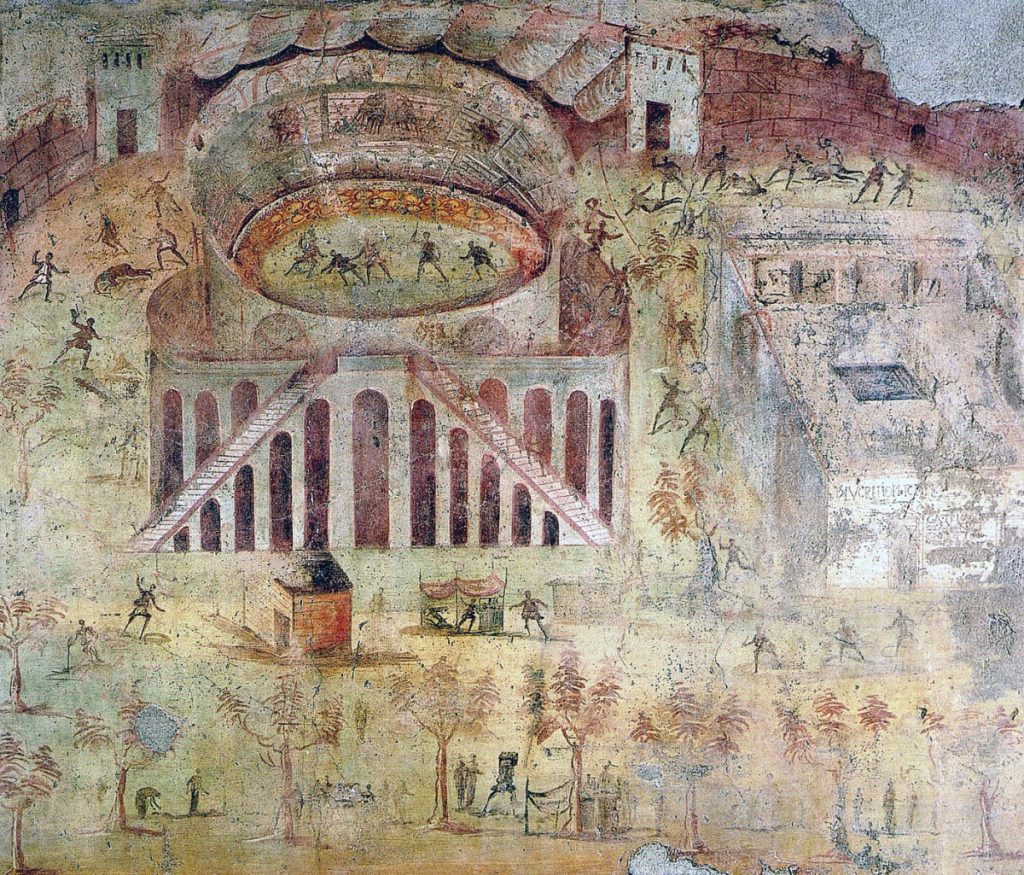
When using extremely sharp weapons, gladiators fought without much to no body armor. Trainers didn’t like seeing their gladiators die quickly after months of training, so they gave them the armor that any fighter could wear, regardless of armor: fat.
As a result, gladiators didn’t appear to be strong, athletic men with steel abs.
The majority of gladiators were condemned prisoners or enslaved people whose athletic prowess was the only thing separating them from death. The fighting was ferocious and bloody. Stamina and the ability to recover quickly were critical.
Early gladiator fights began in the 3rd century B.C.E. as ritual blood offerings to the spirits of recently departed nobles. After the slave revolt of Spartacus in 73 BC, the State assumed greater control of public games (ludi), and large numbers of gladiators were trained in imperial schools. With the coming to power of Augustus in Rome around 27 BC, it became a regular part of the entertainment cycle in Rome.
Source: DOI: 10.1371/journal.pone.0110489


